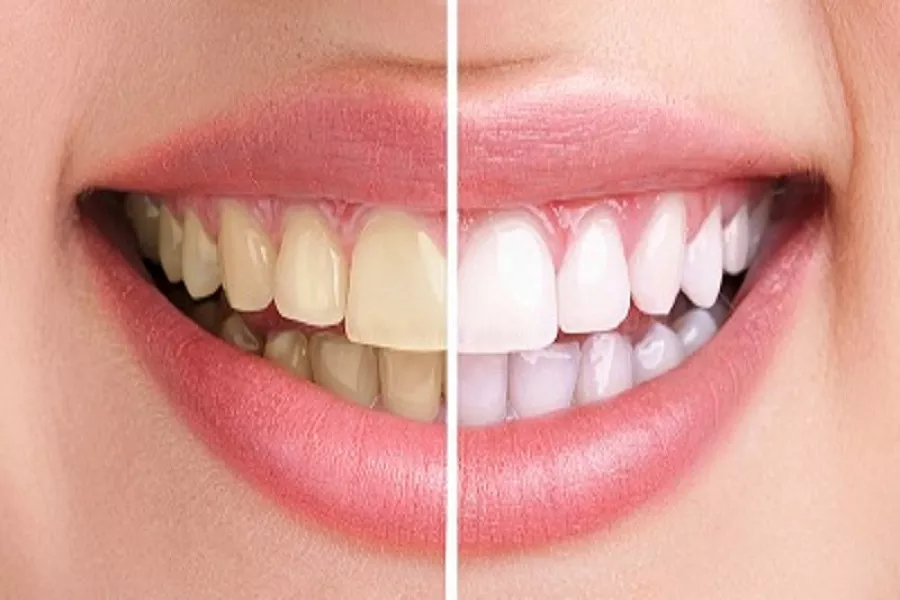Types of discolored teeth The crown of a tooth is composed of three layers of enamel, dentin and pulp. Changes in any part will bring about changes in tooth color.
Usually, according to the different parts of discoloration, it is mainly divided into exogenous staining, endogenous staining and staining caused by the factors of the tooth itself.
1. Exogenous discoloration: It is related to the adsorption of substances (such as: tea, red wine, chlorhexidine, metal salt ions) on the enamel surface, especially the adsorption of substances at the acquired membrane covering, which eventually leads to tooth discoloration. Substances that cause exogenous discoloration are classified into non-metallic and metallic. Non-metallic substances include food ingredients, beverages, tobacco, oral cleaners, medicines, etc.; metal substances come from occupational exposure or medicines containing metal salts, such as iron ion supplementation patients or cast iron workers teeth blackening; copper ions cause Teeth turn green etc.
2. Endogenous discoloration: related to genetic factors, drug elements deposited and sequestered in the teeth, dental damage or complications of other diseases. Mainly include tetracycline teeth, fluorosis teeth, opalescent teeth, enamel hypoplasia, pulp damage, internal/external resorption, age-related discoloration, endogenous brown yellow disease, congenital erythropoietic porphyria, congenital erythropoietic porphyria Hyperbilirubinemia, etc. 3. Factors of the tooth itself: The decayed teeth make the teeth gray or chalky, the amalgam fillings make the dentin color, the edges of the old resin fillings are colored, and the metal posts make the teeth darker.
Reminder: For more knowledge about bad breath, tea stained teeth, smoke stained teeth, etc., please pay attention to: padmel.com, to provide you with comprehensive professional teeth whitening methods, cold light whitening, ultrasonic cleaning and other dental care knowledge.
































